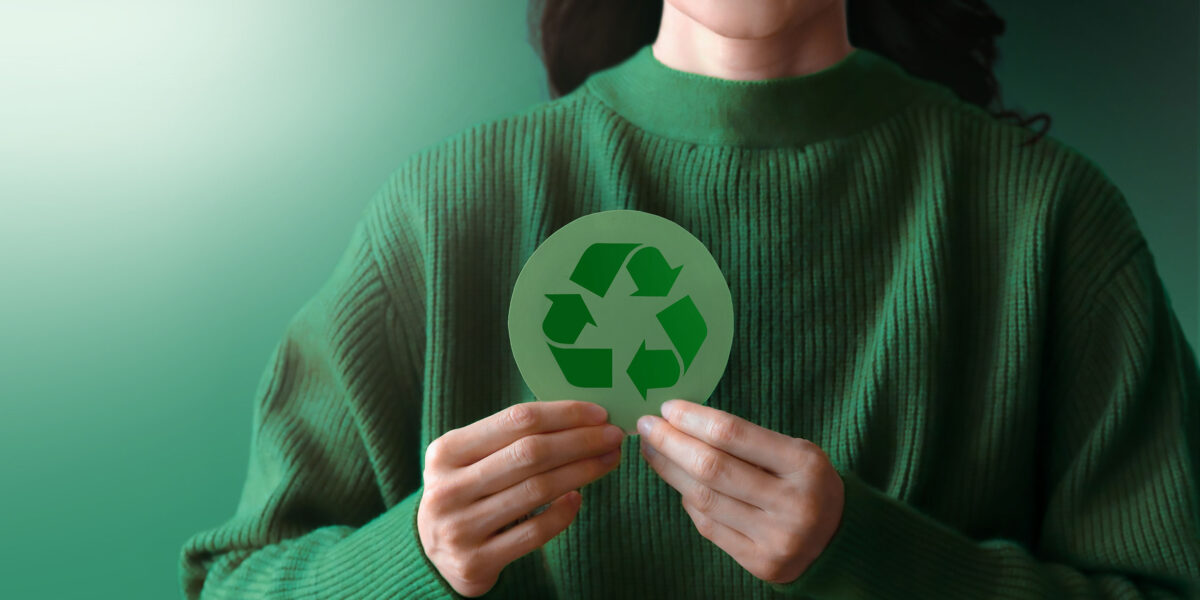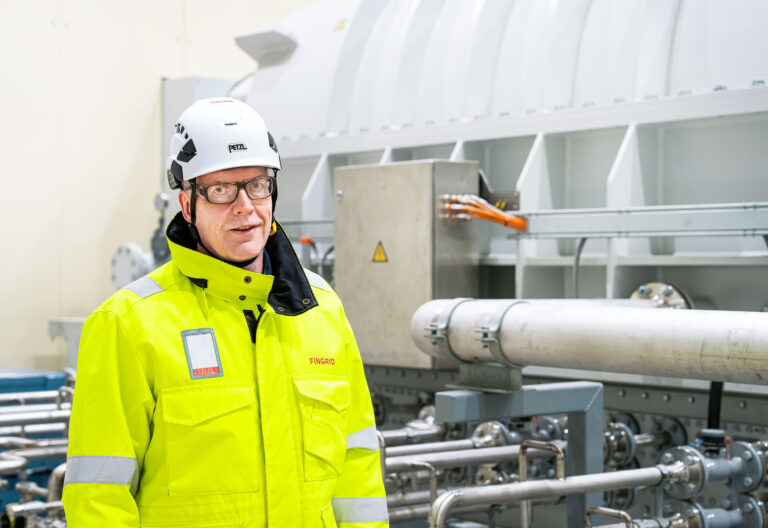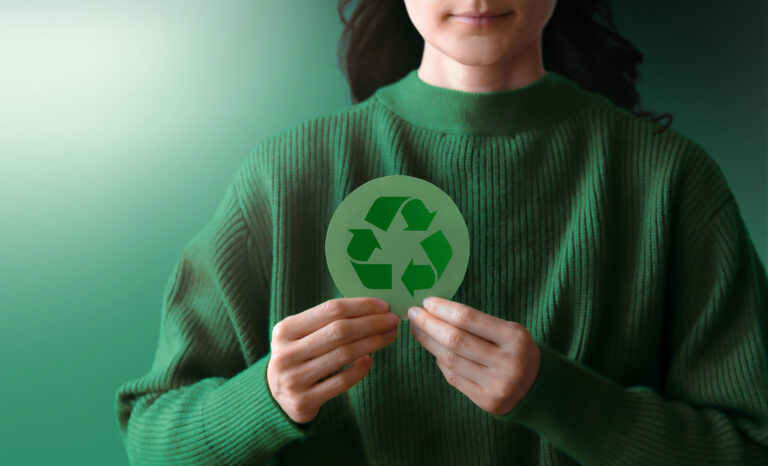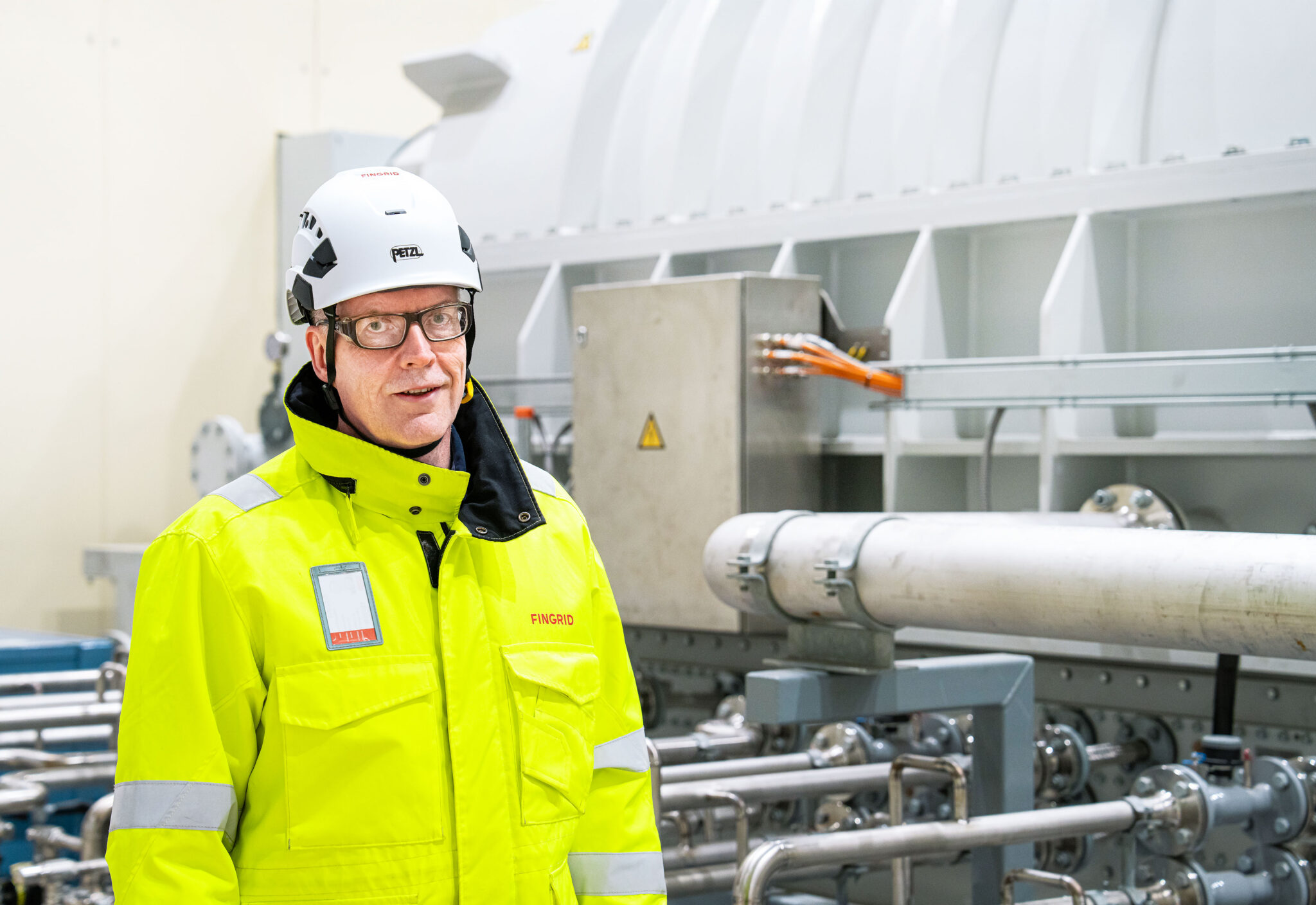New ESG metrics and targets have been set this year to guide Fingrid’s key sustainability topics, valid from 2025–2030. ESG targets cover climate and environmental responsibility (E), social responsibility (S) and corporate governance (G).
”Our sustainability work is based on an understanding of the material impacts of our operations, procurement and supply chain,” says Satu Vuorikoski, Senior Expert, Environment and Corporate Responsibility at Fingrid.
There are two climate-related objectives. The first is the carbon handprint – the positive impact.
”Fingrid, as a transmission system operator, has an important role to play in mitigating climate change: getting clean electricity to flow between producers and consumers. We monitor the carbon handprint with the emission factor of electricity consumed in Finland.”
Another new climate-related objective is to reduce the carbon footprint of the construction, maintenance and operation of the grid. Fingrid’s target has been approved by the Science Based Targets initiative (SBTi), which means that Fingrid’s climate actions support the global goal of the Paris Agreement to limit global warming to 1.5 degrees Celsius.
”Our climate targets show how a transmission system operator’s business can also have a significant positive impact on sustainable development. Our indirect carbon handprint is larger than the carbon footprint we leave,” Vuorikoski says.
Making full use of the grid
The environmental impact relates to biodiversity. In enabling the green transition, Fingrid is causing land-use changes by building transmission lines and substations.
The new target for land use change will compare the area needed for transmission lines with the electricity transmitted in the main grid. A range of measures can make it possible to operate the grid even more efficiently, reducing the need for new transmission lines and thus reducing both land-use change and greenhouse gas emissions.
”The strategy also emphasises efficient interconnections between electricity generation and consumption and various technical solutions to make the existing grid more adequate.”
In addition to sustainable, low-carbon material choices, we are also exploring opportunities to use recycled materials.
The carbon footprint of building a new transmission line can be reduced by considerations such as the choice of materials – the type of aluminium, steel and concrete used for towers, conductors and foundations.
”In addition to sustainable, low-carbon material choices, we are also exploring opportunities to use recycled materials.”
Key stakeholders
An important factor in social responsibility is the health and well-being of personnel. The metrics are good management and the likelihood of employees to recommend Fingrid as an employer.
Contractors and service providers are important for the construction and maintenance of the grid. As part of the ESG package, there is a common occupational safety metric for Fingrid employees and personnel of service providers in the value chain.
The land and trees under transmission lines are owned by private individuals and municipalities. This is why landowners are a relevant stakeholder group for Fingrid. When transmission line projects are completed, the landowners’ rating of Fingrid will be monitored.
”By extending its social and societal responsibility, Fingrid has a great responsibility to ensure that society in Finland can function normally without disruption. That is why we have set targets for data privacy, business critical data and system security.”
Sustainability monitoring as part of management
The final part of the ESG targets is good governance. The aims are to fight corruption and bribery.
”At Fingrid, we have integrated sustainability work where metrics and the achievement of targets are monitored as part of other management measurement and reporting. The metrics are assigned to experts and directors, and the executive management group regularly monitors the progress of the sustainability work,” Vuorikoski says.
In addition to internal monitoring, Fingrid reports transparently on its sustainability work externally.
”We will also publish a statutory sustainability report for 2025. We will report on the concrete actions taken to achieve the ESG targets and the progress made towards achieving them.”







